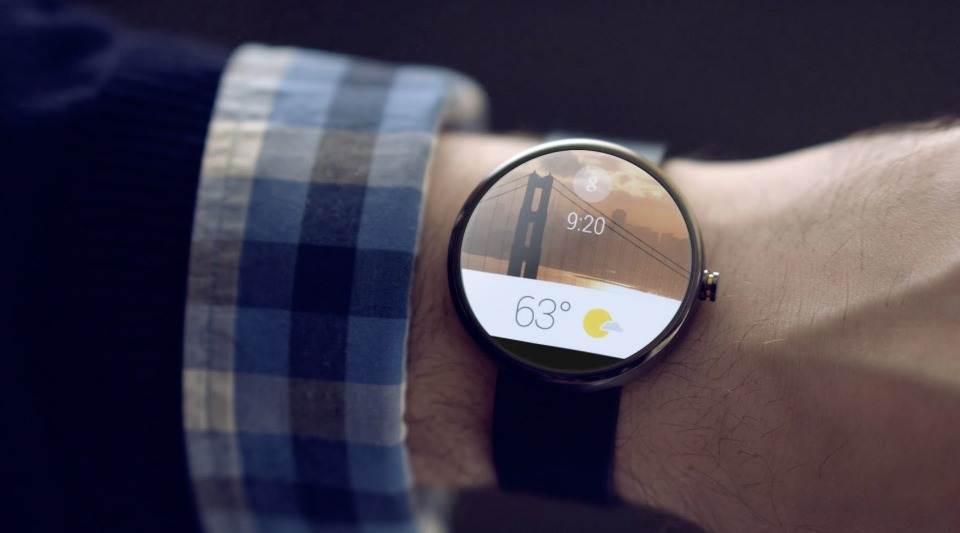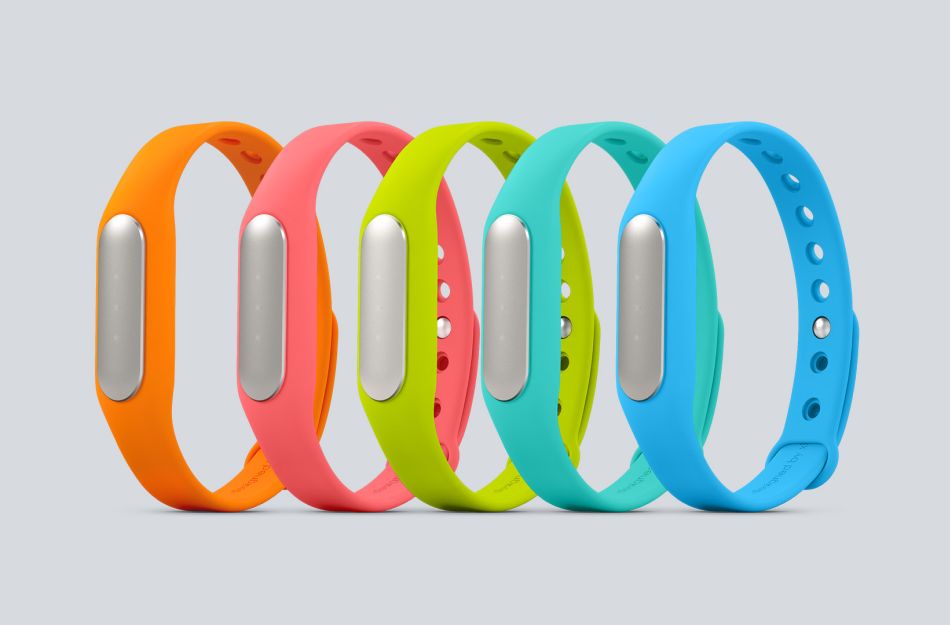The wearable market recorded its eighth straight quarter of solid growth, according to a new report by IDC.
Even in the months leading up to the highly-anticipated release of the Apple Watch, the wearable space continued to show strong growth, IDC has confirmed. In its latest report, the research firm revealed that the worldwide market recorded its eighth consecutive quarter of steady maturation in the first quarter of 2015. During this three-month period, vendors shipped a total of 11.4 million devices — a 200% jump from the 3.8 million wearables shipped that time last year.
“Bucking the post-holiday decline normally associated with the first quarter is a strong sign for the wearables market,” IDC research manager Ramon Llamas said in the report. “It demonstrates growing end-user interest and the vendors’ ability to deliver a diversity of devices and experiences. In addition, demand from emerging markets is on the rise and vendors are eager to meet these new opportunities.”
The top five wearable vendors over the timespan included Fitbit, Xiaomi, Garmin, Samsung and Jawbone, in that order, each of whom have been able to collectively grow their dominance from two-thirds of the market in Q1 2014 to three-quarters Q1 2015. Fitbit’s extensive lineup of bands, such as the Charge, Surge and older Flex models, led the way by capturing just over a third (34.2%) of the space. Not far behind, Xiaomi made up about a quarter (24.6%), driven by the tremendous popularity of its Mi Band, primarily from China.
Meanwhile, Garmin’s health and fitness-focused devices, Samsung’s Gear smartwatches and Jawbone’s UP MOVE and continued demand of UP24 round out the list at 6.1%, 5.3% and 4.4%, respectively. Now with the Apple Watch in the equation, however, IDC expects that the wearables landscape will experience a seismic shift, one in which will “force the competition to up their game in order to stay on the leading edge of the market.”
Without question, helping to spur widespread adoption has been price erosion. As seen with many young forms of technology, gizmos and gadgets become much more affordable over time. In the case of wearables, more than 40% of devices are now priced under $100.
“Despite this price erosion, Apple’s entrance with a product priced at the high end of the spectrum will test consumers’ willingness to pay a premium for a brand or product that is the center of attention,” explained IDC research analyst Jitesh Ubrani.
Want to learn more? Download the entire report here.



























































